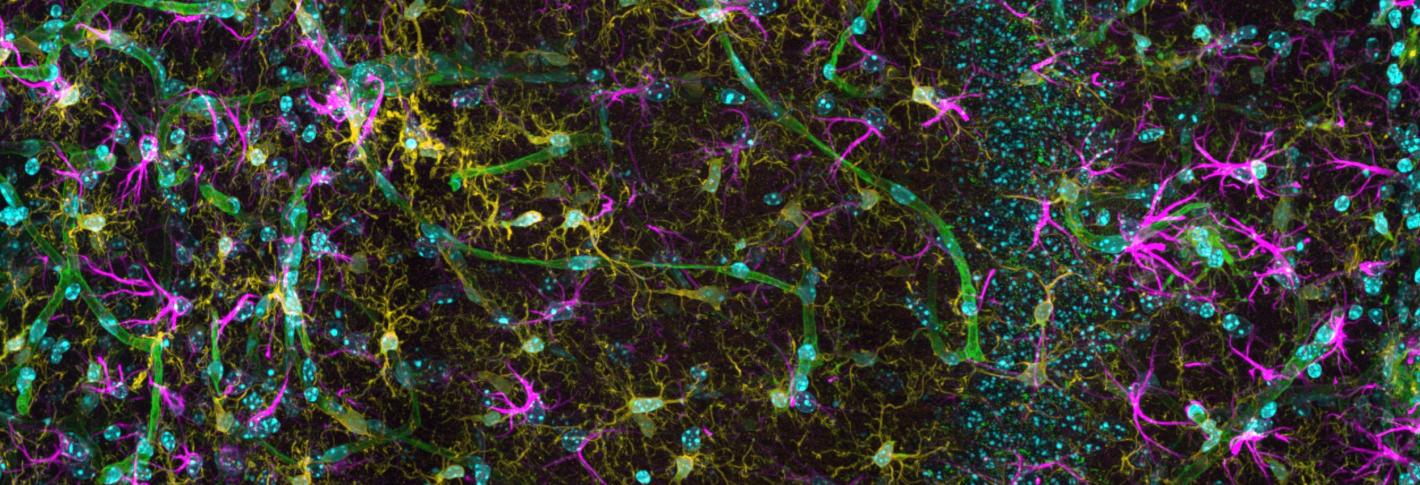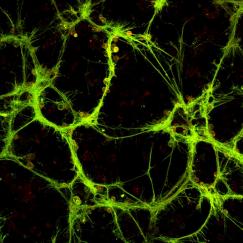
The Picower Institute is a community of scientists dedicated to understanding the mechanisms that drive learning and memory and related functions such as cognition, emotion, behavior, perception and consciousness. Institute researchers explore the brain and nervous system at multiple scales, from genes and molecules, to cells and synapses, to circuits and systems, producing novel insights into how disruptions in these mechanisms can lead to developmental, psychiatric or neurodegenerative disease.
To learn more about our work, follow the links below.

Many institute researchers investigate the pathophysiological mechanisms underlying complex disorders of the brain that affect memory, emotion and cognition.

A key goal of Institute research is to understand behaviors and cognitive processes including learning, memory, emotion, reasoning and consciousness.

A strong focus at the Institute is studying the complex circuits and processes that the brain constructs and employs so that we can perceive, learn, think, plan, and feel.

Picower Institute scientists probe the role of genes, proteins and molecules in the physiology and action of neurons and glia, including how synaptic connections change.

We don't just apply the latest technologies and methods for studying the brain, we sometimes invent them to expand the frontiers of research,

